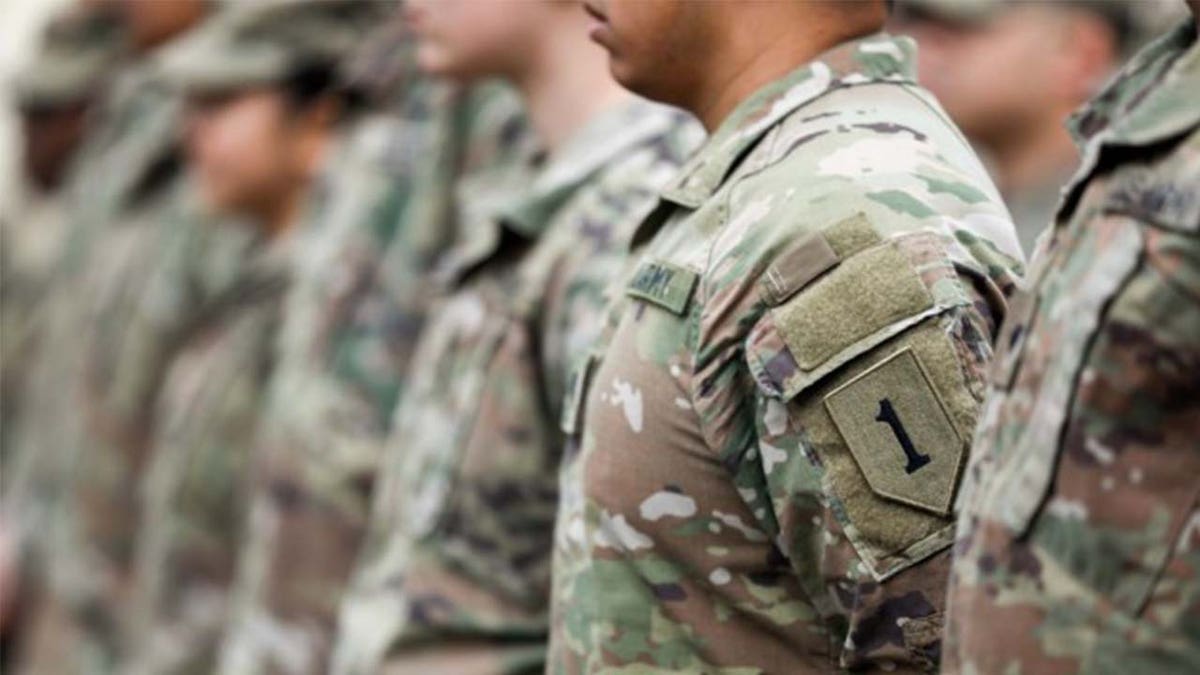Rep. Waltz: We are in a military recruiting crisis that will take years to recover from
Rep. Michael Waltz, R-Fla., on COVID lockdown protests in China, Biden’s upcoming meeting with French President Macron, and the Naval Academy allegedly preventing unvaccinated graduates from getting diplomas.
The U.S. Navy is set to begin accepting more recruits who score in the lowest aptitude percentile allowed on military entrance tests.
"As we continue to navigate a challenging recruiting environment, changing the AFQT requirement removes a potential barrier to enlistment, allowing us to widen the pool of potential recruits and creating opportunities for personnel who wish to serve," Cmdr. David Benham, a spokesperson for Commander, Navy Recruiting Command, told Military.com in a report Monday.
The new Navy guidelines will allow the service to enlist 7,500 recruits that fall into "Category IV," which are applicants with a high school diploma who scored within the 10th and 30th percentile on the Armed Forces Qualification Test (AFQT), according to Military.com
ARMY MISSES RECRUITING GOALS WHILE OTHER BRANCHES FALL BEHIND FOR NEXT YEAR

Crew members of the USS Sioux City, a Freedom-class of littoral combat ship, gather before the ship's commissioning ceremony. (AP)
Benham noted that the AFQT is graded on a scale against other applicants and is "not the determining factor" for enlistment as long as an applicant has a high school diploma. However, Benham argued the move will help to remove barriers to enlistment as the military's qualified applicant pool continues to shrink, but he also noted that the move will not be a cure-all to the Navy's enlistment woes.
"There'll be folks that score 10 that also don't qualify for a rating, and therefore they're unable to join," Benham said. "There's going to be folks who score 30 or 40 or whatever, but still don't qualify for a rating and therefore would be unable to join."
The change could result in about 20% of this year's active-duty enlisted pool for the Navy falling into the lowest percentile category, though Benham expressed confidence that the move would not result in overall lower-quality applicants.

Members of the Navy Ceremonial Guard stand for the national anthem. (Kevin Dietsch)
LAWMAKERS SOUND ALARM OVER US MILITARY RECRUITMENT CRISIS: ‘WHY WOULD I JOIN?’
"Anybody who comes in under this change in policy will have still met the requirements to serve," he said.
The change comes as all branches of the military have faced recruiting headwinds in recent years as a result of a tight jobs market, pandemic restrictions and a smaller pool of qualified applicants. Other factors could also be contributing to the struggles, with some pointing to the COVID-19 vaccine mandate as an obstacle to recruiting.
The problem has been the most pronounced with the Army, who missed its 2022 fiscal year recruiting goals by 15,000 soldiers. While the Navy, Air Force and Marine Corps were all able to squeak by and narrowly meet their goals, all three had to dig deep into their pool of delayed entry program candidates to make up the shortfall, putting them behind their 2023 goals.

The Army missed its 2022 recruiting goals by 25%. (U.S. Army)
CLICK HERE TO GET THE FOX NEWS APP
Reached for comment by Fox News Tuesday, a spokesperson for the Navy confirmed the change, noting that it is "pilot program that will be re-evaluated in October 2023."
The spokesperson also made clear that scores that qualify individual recruits for certain jobs in the Navy remain unchanged, something that cannot be waivered.
"The ASVAB is made up of 10 different line scores that are key to identifying which jobs or ratings a prospective Sailor would qualify for service," the spokesperson said. "Individual Navy rating requirements are based off these fixed line scores, not the overall AFQT score. To qualify for enlistment, the individual must still meet the minimum line score requirement for a given Navy rating.
"The change means that prospective Sailors who have a high enough ASVAB line scores to qualify for a Navy rating will not be held back by a low AFQT score, which can vary relative to how their peers did on the test."






















